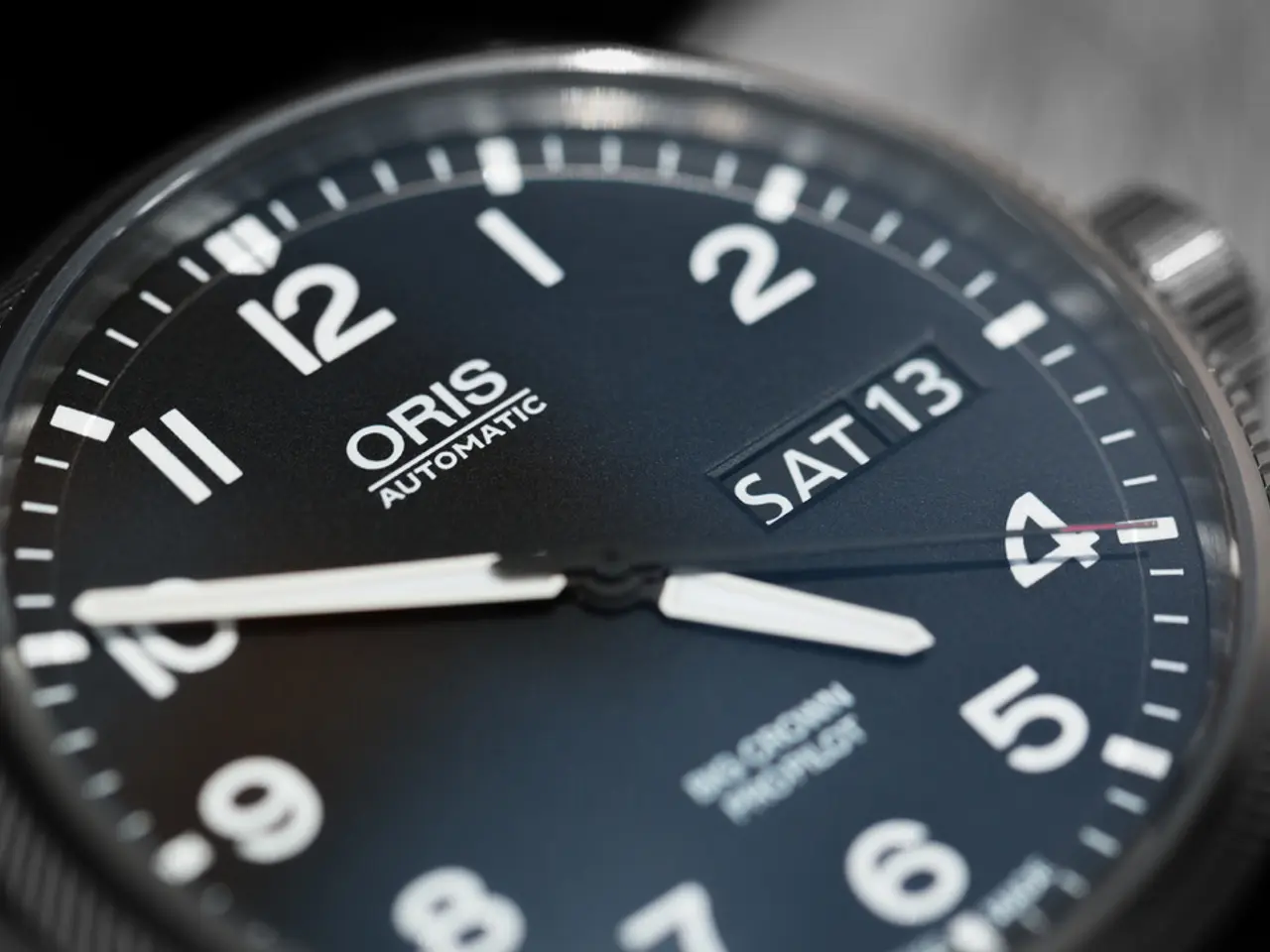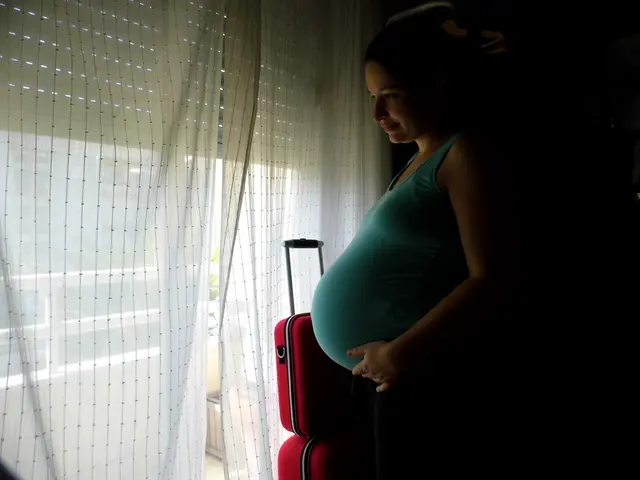TFCC Rupture: Details on Signs, Remedies, Surgical Procedures, and Healing
Injuries to the Triangular Fibrocartilage Complex (TFCC) in the wrist can be caused by physical trauma, excessive use, or the aging process. Symptoms of such tears may include pain along the outside of the wrist, stiffness or weakness, pain when touching or moving the wrist, limited range of motion, wrist swelling, and a clicking or popping sound when moving the wrist.
To diagnose a TFCC tear, a doctor will ask about symptoms and medical history, perform a physical examination, and may order X-rays and MRI scans. There are two types of TFCC tears: Type 1, caused by physical injury, and Type 2, or chronic tears, caused by aging or underlying conditions.
Treatment options for TFCC tears depend on the type, cause, and extent of the damage. For minor tears, rest, immobilization, and gentle exercises may be enough to allow healing. In more severe or persistent cases, a doctor may recommend surgery.
Rehabilitation for TFCC tears involves a carefully staged plan tailored to the injury severity, treatment type, and patient needs. Non-surgical rehabilitation typically includes immobilization with a splint or cast to allow healing and reduce inflammation, followed by gentle wrist stretching and mobility exercises to restore flexibility and movement. Gradually, resistance exercises targeting wrist extensors, flexors, and forearm muscles are introduced to support the wrist joint.
After arthroscopic or open TFCC repair, rehabilitation includes a period of immobilization followed by controlled passive and active wrist range of motion exercises to prevent stiffness, progressive strengthening exercises for wrist and forearm muscles, and dynamic stabilization exercises that support the complex movements of the wrist, including rotation and load transmission. Splints are also used during healing phases to protect the repair while gradually restoring function.
Additional modalities and therapy techniques, such as joint mobilizations, passive stretching, electrotherapeutic modalities, manual therapies, and joint mobilizations, may be incorporated into the rehabilitation plan. The overall goal is to reduce inflammation and pain, restore wrist mobility without aggravating the injury, strengthen wrist stabilizers to prevent recurrence, and return to pre-injury activity levels through functional and sport-specific exercises.
Recovery time for a TFCC tear depends on the type, severity, and treatment of the injury, with some taking up to 12 weeks without surgery and around 3-6 months following surgery. In some cases, the wrist must remain immobilized for up to 6 weeks following surgery.
One surgical option is a minimally invasive procedure called an arthroscopy, where a surgeon repairs the damage to the TFCC and sometimes shortens the ulna to alleviate symptoms. In some cases, a TFCC tear may heal on its own with rest and avoidance of wrist use.
Risk factors for TFCC tears include age, chronic inflammation, playing sports, and previous wrist injuries. Doing gentle exercises can help restore mobility and strength to the wrist following a TFCC tear. Physical therapy can be beneficial for some people with TFCC tears, focusing on reducing pain and swelling, improving flexibility and range of motion, and increasing strength.
Because the TFCC is crucial for wrist stability during rotation and load bearing, exercises often emphasize controlled motion and gradual strength gains to avoid further damage or chronic instability. Overall, rehabilitation for TFCC tears involves a carefully staged plan tailored to the injury severity, treatment type, and patient needs, combining immobilization, progressive motion, strengthening, and functional training.
- A Q (X-ray or MRI scan) may be ordered by a doctor to diagnose a TFCC tear, which can be a Type 1 tear caused by physical injury or a Type 2, chronic tear caused by aging or underlying medical-conditions like asthma or chronic diseases.
- In case of minor TFCC tears, medical treatment might involve rest, immobilization, and fitness-and-exercise, such as gentle wrist stretching and mobility exercises, to allow healing and restore flexibility and movement.
- After arthroscopic or open TFCC repair, health-and-wellness practices like controlled passive and active wrist range of motion exercises, progressive strengthening exercises for wrist and forearm muscles, and dynamic stabilization exercises are essential for preventing stiffness and supporting complex wrist movements.
- People with TFCC tears might benefit from physical therapy, which focuses on reducing pain and swelling, improving flexibility and range of motion, and increasing strength, but they should be aware that doing gentle exercises can help restore mobility and strength to the wrist, focusing on controlled motion and gradual strength gains to avoid further damage or chronic instability.




